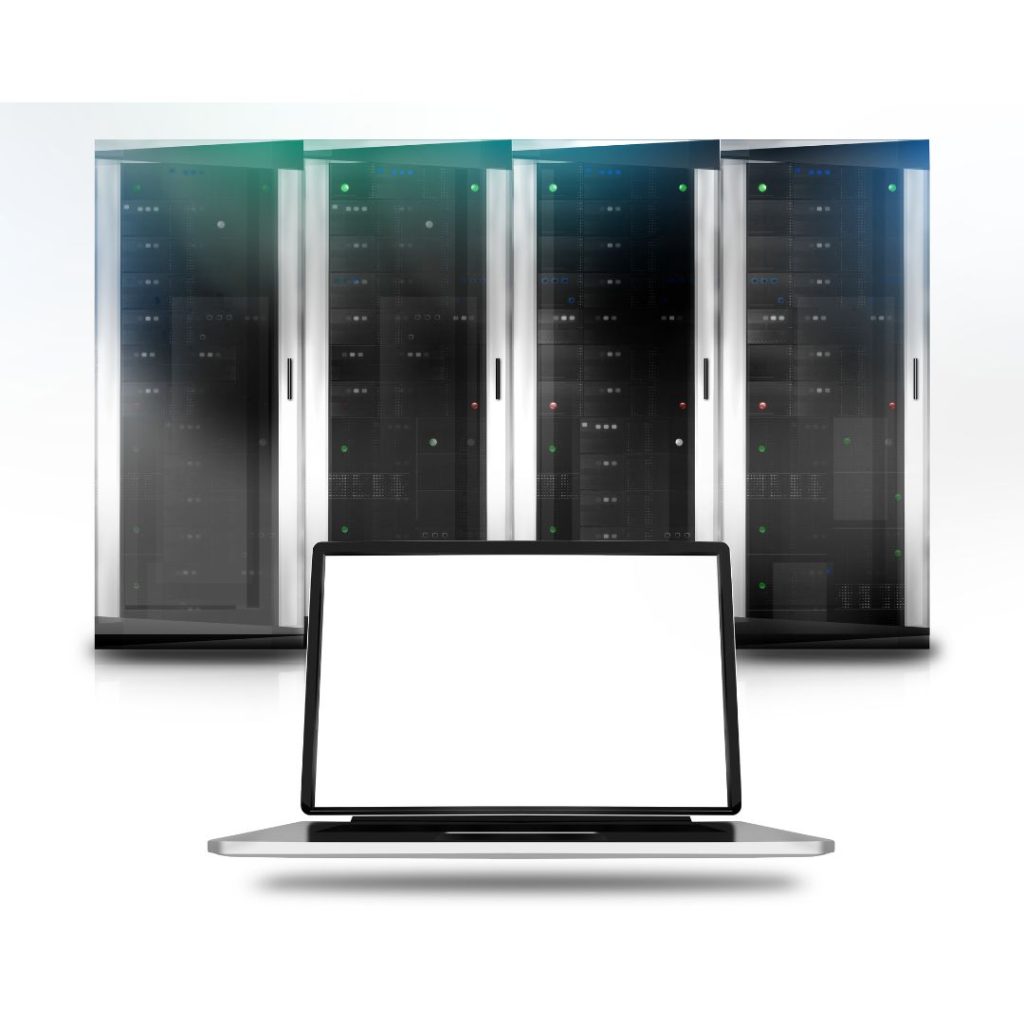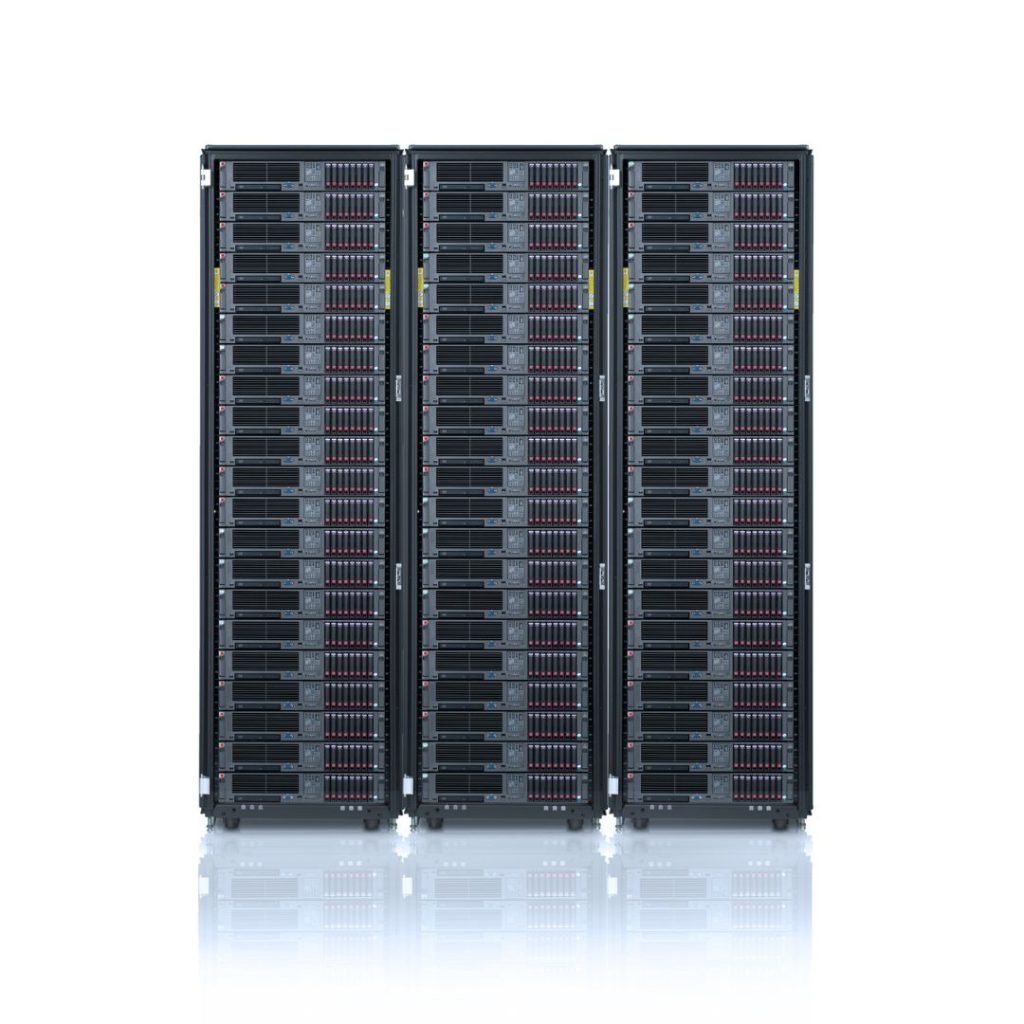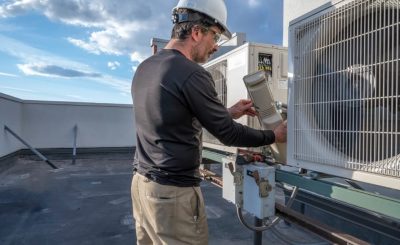Server management is a critical aspect of maintaining a reliable and efficient online presence. Whether you’re a small business owner or an aspiring web developer, understanding the basics of server management is essential. In this beginner’s guide, we will explore the fundamentals of server management, covering everything from server types and configurations to security measures and troubleshooting. By the end of this article, you’ll have a solid foundation to confidently manage and optimize your servers, ensuring smooth operations and optimal performance.
Looking for high-performance Servers?
Visit Comprint and Buy Servers at affordable prices.
Understanding Server Types
Before diving into server management, it’s important to grasp the different types of servers available. There are several common server types, including web servers, database servers, email servers, and file servers. Web servers handle the delivery of web pages to users’ browsers, while database servers manage data storage and retrieval. Email servers facilitate email communication, and file servers store and share files across a network. Understanding these distinctions will help you choose the right server for your needs.
Different Type of Servers
Tower Server

Tower servers are a type of computer server that is designed in a tower form factor, resembling a traditional desktop computer tower. These servers are commonly used in small to medium-sized businesses or organizations that require reliable and scalable computing power but do not have the infrastructure or space to accommodate rack-mounted servers.
Tower servers offer several advantages that make them a popular choice for various applications. Firstly, their compact and vertical design allows them to be easily placed on a desk or in an office environment, eliminating the need for a dedicated server room or rack. This makes them ideal for businesses with limited space or those that prefer to have their servers in close proximity to their staff.
Tower servers are available in various sizes and configurations, ranging from compact towers suitable for small businesses to larger towers capable of supporting multiple processors and extensive storage capacities. This flexibility allows organizations to choose a server that meets their specific requirements, whether it’s a basic file and print server or a robust enterprise-grade solution.
In terms of performance, tower servers can deliver impressive processing power and memory capacity. They can be equipped with multiple high-performance processors, which are essential for handling complex computations, virtualization, or running resource-intensive applications. Additionally, tower servers often support a
large number of memory modules, enabling them to handle extensive workloads and multitasking efficiently.
Another significant advantage of tower servers is their scalability. As businesses grow and their computing needs increase, tower servers can be easily upgraded or expanded. Most tower servers have expansion slots and drive bays that allow for the addition of more storage drives, network cards, or other peripherals. This scalability ensures that organizations can adapt their server infrastructure to accommodate changing demands without the need for a complete overhaul.
Tower servers also offer excellent accessibility and ease of maintenance. Their design simplifies the process of adding or replacing components, making hardware upgrades or repairs relatively straightforward. This accessibility helps to minimize downtime and ensures that businesses can maintain their server infrastructure with ease.
In terms of connectivity, tower servers typically provide a range of networking options, including Ethernet ports and support for various network protocols. This allows them to integrate seamlessly into existing network infrastructures, enabling efficient data transfer and communication.
While tower servers offer numerous advantages, it’s worth noting that their
space-saving design comes with some trade-offs compared to rack-mounted servers. Rack-mounted servers are designed for dense deployments and offer better airflow and cooling options. Additionally, tower servers may not be as scalable as
rack-mounted servers in terms of the number of server units that can be accommodated in a limited space.
Rack Server

A rack server is a type of computer server that is designed to be mounted in a rack cabinet or enclosure. Rack servers are commonly used in data centers, server rooms, and other environments where space efficiency, scalability, and centralized management are important factors.
The main characteristic of a rack server is its form factor, which is typically a rectangular chassis that fits into standard rack units (U) of height. A standard rack unit is 1.75 inches (44.45 mm) in height, and rack servers are available in various heights, such as 1U, 2U, 4U, and so on. The smaller the height, the more servers can be accommodated in a rack, resulting in higher density and more efficient use of space.
One of the key advantages of rack servers is their scalability. Rack cabinets are designed to house multiple servers stacked vertically, allowing organizations to easily add or remove servers as their computing needs evolve. This scalability is particularly beneficial for businesses that require a large number of servers or have rapidly growing workloads. Additionally, rack servers often offer high-density storage options, enabling organizations to store large amounts of data in a compact space.
Rack servers also provide enhanced manageability and accessibility. Since they are housed in a central rack cabinet, system administrators can efficiently access and manage multiple servers from a single location. This simplifies tasks such as server deployment, maintenance, and monitoring, saving time and effort. Rack servers
typically have standardized mounting options and hot-swappable components, allowing for easy installation and replacement of hardware without interrupting the operation of other servers in the rack.
In terms of performance, rack servers can be configured with powerful processors, ample memory, and extensive storage options to meet the demands of modern applications and workloads. They often support advanced features like redundant power supplies and cooling systems, providing high availability and reliability for critical applications. Rack servers are also designed to optimize airflow and cooling within the rack cabinet, ensuring that the servers operate within their optimal temperature ranges.
Connectivity is another significant aspect of rack servers. They typically come with a range of networking options, such as multiple Ethernet ports, Fibre Channel interfaces, and InfiniBand connections. This enables efficient data transfer, networking, and communication within the server infrastructure.
It’s worth noting that rack servers require a dedicated rack cabinet or enclosure, along with appropriate power and cooling infrastructure. They are more suitable for organizations with sufficient space, data center facilities, and the need for centralized server management. Additionally, due to their vertical stacking, proper planning is essential to ensure adequate airflow, heat dissipation, and cable management within the rack.
Configuring Servers
Once you’ve selected the appropriate server type, it’s time to configure it. This involves setting up the necessary software, network settings, and security protocols. Many servers use operating systems like Linux or Windows Server. You’ll need to install and configure the relevant software packages, such as Apache or Nginx for web servers, MySQL or PostgreSQL for database servers, and so on. Additionally, configuring network settings, such as IP addresses and DNS configurations, ensures proper connectivity.
Securing Your Server
Securing your server is of utmost importance to protect your data and prevent unauthorized access. Implementing strong passwords, enabling firewalls, and regularly updating software are essential security measures. Additionally, consider using encryption protocols for secure data transmission and implementing access control measures to limit user permissions. Regularly backing up your server data and having a disaster recovery plan in place are also crucial to mitigate potential risks.
Troubleshooting and Monitoring
Even with proper configuration and security measures, servers can encounter issues. Understanding how to troubleshoot common problems is essential for effective server management. Monitoring tools can help you keep track of server performance, resource usage, and potential bottlenecks. By analyzing logs and performance metrics, you can identify and resolve issues promptly. Regular system updates and patches also play a vital role in maintaining server stability and security.
Conclusion
Server management may seem daunting at first, but with the knowledge gained from this beginner’s guide, you’re equipped to navigate the world of server administration. Remember to select the right server type, configure it properly, implement robust security measures, and monitor its performance regularly. With practice and continued learning, you’ll develop the skills needed to effectively manage your servers, ensuring a reliable and efficient online presence.
Buy Server Online today from Server Store and experience unmatched reliability and high-performance for your business needs.







